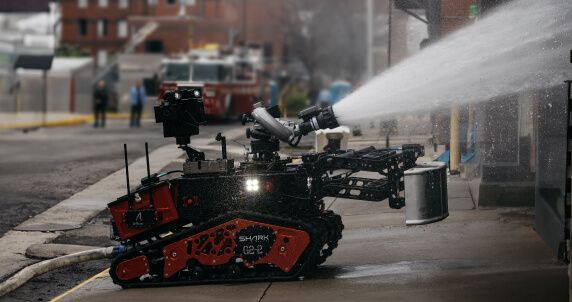
Python-based Personal AI Assistant with NLP Capabilities
This project involved developing a sophisticated AI assistant using BERT-based NLP pipelines in Python, capable of understanding natural language queries and performing a variety of tasks with real-time communication capabilities.
In the era of AI-powered virtual assistants, this project aimed to create a lightweight but powerful personal assistant that could run locally on modest hardware while providing capabilities similar to commercial solutions. The Mini AI Assistant leverages modern NLP techniques to understand context, maintain conversation state and execute various commands through a modular plugin architecture.
Technical Implementation
The Mini AI Assistant was built using a modular architecture with several key components:
- BERT-based intent classification for understanding user queries
- Named Entity Recognition (NER) for extracting parameters from requests
- Context management system for multi-turn conversations
- Text-to-Speech and Speech-to-Text integration
- Pluggable skill framework for extensibility
- Local knowledge base with vector similarity search
- State-of-the-art text generation using fine-tuned models
- ONNX runtime optimization for inference speed
NLP Pipeline and Language Understanding
The NLP pipeline was designed to efficiently process natural language queries:
- Speech recognition using WebRTC and Whisper model
- Text preprocessing with custom tokenization and normalization
- Intent classification using DistilBERT fine-tuned on custom dataset
- Entity extraction with BiLSTM-CRF architecture
- Sentiment analysis for emotional response adaptation
- Context tracking with attention-based mechanisms
Features and Capabilities
The Mini AI Assistant offers a range of capabilities through its modular skill system:
- Calendar management and scheduling
- Weather forecasting with location awareness
- Knowledge base queries with citation tracking
- Home automation control through standard protocols
- Music playback and media control
- Task and reminder management
- Real-time news and information retrieval
- Personalized recommendations based on user preferences
AI Assistant & NLP
Python, BERT, TensorFlow
Desktop, Raspberry Pi
March 2025
Technical Challenges and Solutions
Developing the Mini AI Assistant presented several technical challenges:
- Achieving low-latency response times on resource-constrained devices
- Maintaining conversation context across multiple interaction turns
- Handling ambiguity in natural language understanding
- Balancing model size and accuracy for edge deployment
- Privacy considerations for local processing of sensitive queries
To address the latency challenge, the system employed model quantization and pruning techniques to reduce computational requirements. The assistant's architecture was optimized using ONNX runtime, which provided significant speed improvements through graph optimizations and hardware acceleration. For particularly complex queries, a hybrid approach was implemented that leveraged local processing for most tasks but could seamlessly transition to cloud-based APIs when necessary.
Context management was handled through a combination of attention mechanisms and a dedicated context store that maintained conversation state. This allowed the assistant to handle complex multi-turn conversations such as "What's the weather like today?" followed by "How about tomorrow?" without requiring explicit repetition of the query context.
The ambiguity challenge was addressed through a confidence scoring system that could request clarification when uncertain about intent or entities. This was combined with a reinforcement learning approach that allowed the system to improve its understanding based on user feedback and corrections over time.
Privacy was ensured by processing all queries locally by default, with explicit user permission required for any cloud-based processing. All models and knowledge bases were stored locally and the system was designed to function entirely offline for core capabilities.



